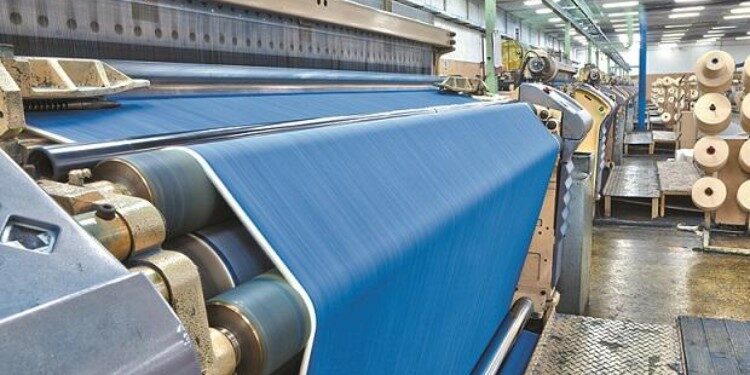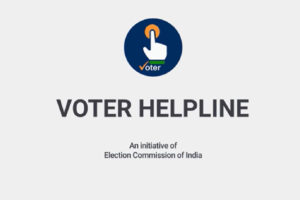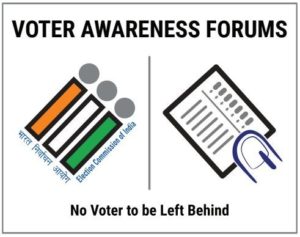India is set to regain its Textile and Apparel Industry’s dominance globally with the Introduction of Product- Linked Incentive Scheme announced recently. The industry has been waiting for such incentivization scheme that can boost competition, Investments, innovation along with employment. This is a step forward towards ‘Aatmanirbhar Bharat’ enhancing India’s Manufacturing Capabilities and Enhancing Exports in Textiles and Clothing Industry.
Indian Textile Industry, the largest industrial employer, is geared up for a holistic development with series of schemes that have been announced recently. Government of India has considered ‘Textiles’ as thrust sector among the major 13 sectors that has potential to grow exponentially.
The Government of India has set the objective of increasing the contribution of MMFs in its export basket towards achieving the vision of establishing a $350 billion-worth domestic market and export target US $ 100 billion by 2025-26 and also And US $ 44 billion export target for T&C and overall merchandise export target of US $ 400 Billion by March 31st 2022.
With the introduction of slew of schemes like extension of RoSCTL, RoDTEP rates, removal of Anti- Dumping duty on PTA, and VSF National Technical Textiles Mission, including the recently announced scheme of Production-Linked Incentive Scheme and also to be announced scheme like MITRA. These schemes collectively have the potential to overhaul the existing ecosystem and transcend the industry to achieve new benchmarks.
The Production-Linked Incentive Scheme for Textiles, will complement the efforts of cotton and other natural fibre-based textiles industry in generating new opportunities for employment and trade, resultantly helping India regain its historical dominant status in global textiles trade.
PLI scheme for Textiles aims to promote MMF Fabric, Garments and Technical Textiles in India in sync with the global trends of production and consumption of Textiles and Clothing. Historically, the textile and apparel production chain were dominated by natural fibre-based products, including cotton, silk, etc. However, in the last few decades, MMF-based products have begun dominating global trade. This has been largely attributed to availability of MMFs and its close association to Fashion products.
A quick comparison of India vis-a vis global trade basket shows that global trade in textile and apparel is dominated by MMF-based textiles, whereas India’s production and exports are dominated by cotton textiles. The inclusion of technical textiles and its positive correlation to MMF has further strengthened the domination of MMF would act as major driver for growth of the textile and apparel industry in the future.
Production-Linked Incentives for Textiles, in particular, have touched upon many aspects of structural change that India’s Textile Industry needs at this hour. This is evident in the recent policy announcements by the Government of India.
Firstly, there are two types of investment possible with different set of incentive structure. Any person, (which includes firm / company) willing to invest minimum ₹300 Crore in Plant, Machinery, Equipment and Civil Works (excluding land and administrative building cost) to produce products of Notified lines (MMF Fabrics, Garment) and products of Technical Textiles, shall be eligible to apply for participation in first part of the scheme. In the second part any person, (which includes firm / company) willing to invest minimum ₹100 Crore shall be eligible to apply for participation in this part of the scheme.
Secondly, the scheme will create a healthy competitive environment. The incentive structure has been so formulated that industry will be encouraged to invest in fresh capacities in these segments. The incremental incentive which would be given at 15% in the first Year, 11% in the second year and so on, will help gaining strong foothold for the brands and create new global champions.
Thirdly, priority will be given for investment in Aspirational Districts, Tier 3, Tier 4 towns, and rural areas and due to this priority Industry will be incentivized to move to backward area. This scheme will positively impact especially States like Gujarat, UP, Maharashtra, Tamilnadu, Punjab, AP, Telangana, Odisha etc. Eventually, this would help diminish the complex value chain and heterogeneity of the Indian Textile and Apparel sector.
Fourth, the textiles industry predominantly employs women, therefore, the scheme will empower women and increase their participation in formal economy. Women employment is yet another milestone objective of the scheme which would generate gainful employment.
It is estimated that over the period of five years, the PLI Scheme for Textiles will lead to fresh investment of more than Rs.19,000 crore, cumulative turnover of over Rs.3 lakh crore will be achieved under this scheme and, will create additional employment opportunities of more than 7.5 lakh jobs in this sector and several lakhs more for supporting activities.
Lastly, The Technical Textiles segment is a new age textile, whose application in several sectors of economy, including infrastructure, water, health and hygiene, defense, security, automobiles, aviation, etc. will improve the efficiencies in those sectors of economy. Government has also launched a National Technical Textiles Mission in the past for promoting R&D efforts in that sector. PLI will help further, in attracting investment in this segment.
The disastrous Covid 19 era have shown us a way to adapt to changes rapidly and strategize our steps accordingly. This was reflected when Indian Textile Industry turned the crisis into an opportunity and became the second largest producer of PPE kits in the covid 19 period.
Now, India’s Textile Industry is set to leap into a new era with the announcement of various schemes, including Production Linked Incentive (PLI) and Mega Investment Textile Parks (MITRA).
Although the detailed notification is yet to be out soon but looking overview of the scheme, the industry has been assured that after the full implementation of the scheme, there will be no looking back for the Textile Sector, as it would be a game changer in the times to come. The five-year window of opportunity, bestowed to the industry, have been encouraging and invites us to create a global footprint.





